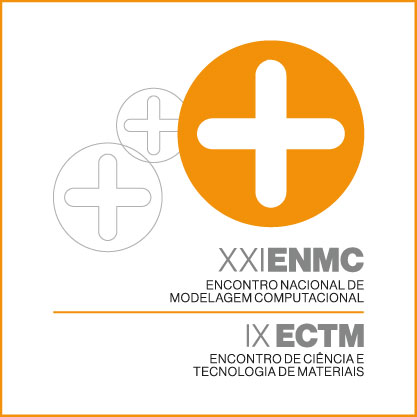ENVIRONMENTAL ANALYSIS OF THE MALEIC ANHYDRIDE PRODUCTION PROCESS
Resumo
Maleic anhydride is a chemical product with a large range of application, such as an intermediate for the production of resins, polymers, varnishes and paints. As awareness about environmental impacts rises, industries seek to develop more efficient and sustainable processes. In this study, two different maleic anhydride production processes (via oxidation of benzene and via oxidation of n-butane) are compared in terms of their ecological performances. The environmental comparison, in turn, was carried out through the Eco-efficiency Comparison Index method by estimating five different categories of eco-indicators, namely raw materials consumption, energy use, CO2 emissions, water consumption and wastewater generation. For the case analyzed, the butane technology showed to be the most environmentally attractive, since it’s about 54% more eco-efficient than the benzene processDownloads
Publicado
21-12-2018
Edição
Seção
Aplicações em Engenharia Química


